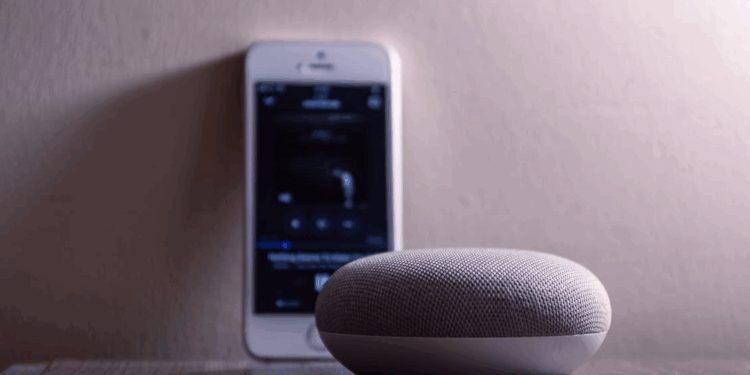For individuals on the autism spectrum, bright lights or noises can be overwhelming. Having sensory sensitivity means that even helpful technological tools can trigger difficult moments. That’s why it’s so important to learn how to use tech in ways that reduce stimuli and offer balance.
Fortunately, creating a smart home that’s also sensory-friendly is possible. Read this guide to learn what steps you should take to make a more inclusive and comfortable space for your loved ones.
Understand What Triggers Sensory Overload
No one behaves the same way when exposed to different volumes, light intensities, or smells. As a result, you’ll need to invest time in understanding your family member’s sensory profile. That way, you can adapt smart technology to help create a more predictable space at home.
Consider your loved one’s needs as they apply to anything from lighting to sounds. Do certain brightness levels cause discomfort? Is your loved one sensitive to flickering lights or certain volume levels? Look into subtleties like color temperatures or vibrations and their impacts, as well.
If you’re using cleaning products regularly, ask if they produce problematic scents. And evaluate textures, too, as you identify what sensitivities you’ll need to consider. Ultimately, it’s important to keep your loved one connected to the process when you’re setting up a sensory-friendly smart home. They can provide the most precise input so you can adjust anything from notification alerts to lighting levels. Consulting a reputable resource like Autism Parenting Magazine can help you map out solutions for extending comfort and accessibility at home, as well.
Adjust Brightness and Color Warmth
Flickering bulbs or abrasive lighting can lead to sensory overload. That’s where LED lights can enter the picture as a more adaptable alternative. With LED, you can use smart controls to change color temperature. You can start the day with warmer tones, for instance, and then transition to brighter and cooler light for the duration of the day. As the day moves into the evening hours, you can use voice command or app adjustments to switch back to warmer, softer lights.
If you’re hoping to avoid too many manual adjustments, you can set a schedule so the changes happen without a hitch. Thanks to smart gadgets, it’s easier than ever to program schedules. And maintaining a lighting schedule can help create predictable patterns that are more sensory friendly.
Create Clear Routines
With smart technology, you can establish clear routines that make transitioning from one activity to another as easy as possible. Many individuals on the autism spectrum benefit from predictable routines. You can create a more sensory-friendly home by committing to a consistent schedule.
During the morning hours, ensure your thermostat is set to shift so your indoor spaces are comfortable. You can set lights to gradually brighten, too, to ease into daily activities. Make sure you use brighter white lights throughout the day to encourage active engagement with activities, like homework. Sometimes visual cues, like timers, can help individuals manage time more effectively, as well. And for loved ones who struggle with changing conditions, set alerts to help encourage deep breathing and calm reactions.

Spotlight Daily Schedules
Visuals can make a significant difference for individuals with sensory challenges. Posting a daily schedule can help alert individuals to upcoming changes so they’re not alarmed. Loved ones can see what’s coming next and better understand how soon they’ll transition to a new activity. Countdown timers can be another great way to help individuals see daily plans and tasks.
Include everything from household chores to snack time and homework sessions to create the clearest picture. Ultimately, you’ll create a comprehensive picture of everything happening in a day, and you’ll help soften your loved one’s sense of anxiety.
Develop a Sensory-Friendly Smart Home
When you invest the effort in creating a sensory-friendly smart home, you’ll create a comfortable environment for your loved one. Paying attention to lighting scenarios and volume, and setting clear routines can help create predictability and comfort. You’ll help your loved one feel supported rather than overwhelmed. Talk to them for input and work to develop a safe, smart space where they can engage their senses and thrive.


























































